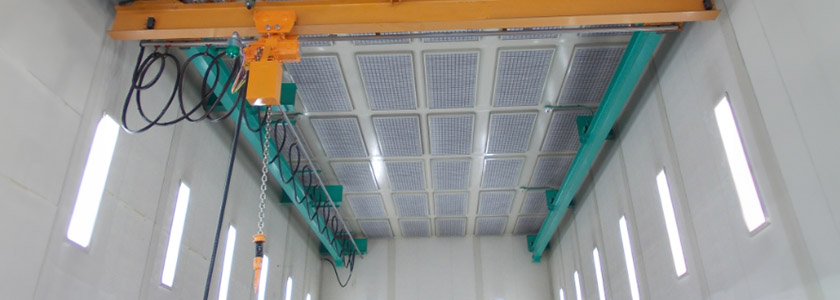Air hoist vs electric hoist: what’s the difference and which should you choose?
Both of these hoist types are designed to do the same thing: lift and lower loads. Both tend to feature chains, but can also connect to loads via cables and wire ropes. Both are more or less capable of doing the same work.
While the similarities between air hosts (AKA pneumatic hoists) and power hoists (AKA electric hoists) are obvious, there are a few differences that you should be aware of before committing to a purchase.
Here’s all you need to know about air hoists vs power hoists, to help you choose the most suitable piece of lifting equipment.
Air hoists/pneumatic hoists
Air powered hoists are, unsurprisingly, powered by air. This offers a number of advantages:
- Pneumatic/air hoists don’t require electricity, so can be used in places that may lack an electrical connection.
- Pneumatic/air hoists are essential for flammable or explosive environments where electrical sparks must be eradicated.
- The compressed air flowing through the system helps to cool pneumatic hoists down, allowing them to achieve comparatively higher duty cycles (less downtime) than electrically powered hoists.
- Air hoists do not experience a surge in current draw on start-up like an electric hoist does which allows them to have unlimited starts per hour (100% duty cycle)
- Fewer moving parts mean that an air hoist can prove more reliable than an equivalent power hoist, and may incur lower maintenance costs over its life.
Pneumatic hoists also come with a few downsides:
- Air hoists require a source of compressed air to function, and this compressor may need to be plugged into a power source, which could negate the advantage of not needing electricity. The need for a compressor can also add to the overall cost of the hoist.
- Pneumatic hoists are louder than electric hoists and aren’t quite as responsive, particularly when they feature a long control line.
Power hoists/electric hoists
Powered by electricity, electric hoists offer the following advantages:
- Electric hoists tend to have higher torque, and are more powerful pound-for-pound than air-powered hoists, yet quieter.
- Electric hoists are very simple to use: controlling the hoist is a matter of pressing a button, and movements are precise.
- Electric hoists are more cost-effective than pneumatic hoists. This is mostly due to economies of scale (power hoists are more popular) but also because an air hoist requires a compressor to function.
Disadvantages of an electric hoist include:
- They are unable to be used in flammable or explosive environments.
- They are unable to achieve a 100% duty cycle.
- Unlike air hoists, variable speed control is not standard but is optional on some brands/models.
Air hoist vs power hoist: which should I choose?
Very basically, choose an air hoist when:
- You need to complete work in explosive environments or in a location without adequate access to power.
- You need a higher duty cycle.
- You believe an air hoist will be the more cost-effective option in the long run.
Choose a power hoist when:
- You have ready access to electricity.
- You require more lifting power.
- Budget is a primary concern.
Helping New Zealand manufacturers safely solve their lifting challenges with the best local and global solutions
Still not sure which type of hoist is right for you? That’s where we come in.
At Stratalign we’ve spent years helping Kiwi businesses identify and secure the lifting equipment they need. Our team has the knowledge and expertise you need to identify the ideal hoist for your situation – the type that can make your business safer, more efficient and more productive.
We offer a complete range of hoists, including pneumatic chain hoists and electric hoists, all of which are certified to AS 1418.1.




